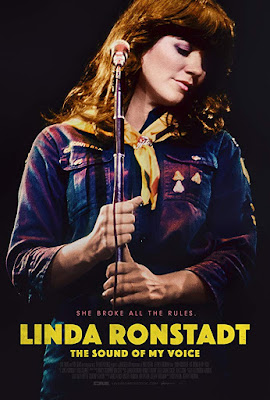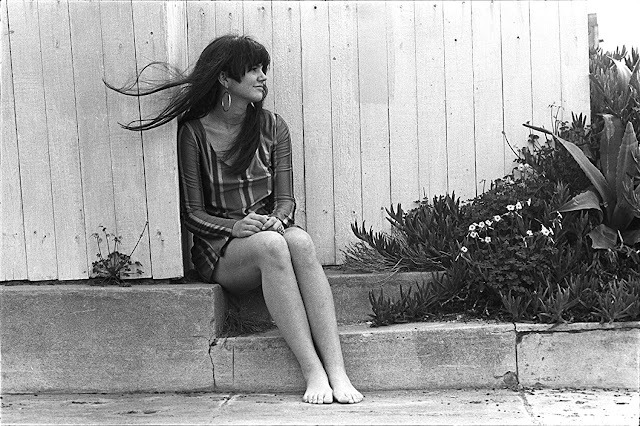The Reston Community Players' ensemble in A Gentleman's Guide to Love and Murder now onstage at the Reston Community Center/Jennifer Hefner Photography
The Reston Community Players have done it again: Produced another great musical comedy, sure to draw full houses once word reaches the street.
That A Gentleman's Guide to Love and Murder was presented only six years ago on Broadway (where it won four Tonys, including Best Musical) and counters the sensation that it has been around a while longer. It exhibits all the traits of classical theatre.
This "gentleman" ain't especially the nice kind. How could he be a nice guy and be the subject of a play? What's a play (life?) with a bunch of nice guys? A boring play.
"Monty" (Aaron Paige) slays the dragons who clutter the highway on his climb to the summit of his success, namely, to become the Earl of Highhurst. His methods consume the story which is hilarious from beginning to end, boosted by elegant apparel of the Edwardian age, post-Victorian, 1909 London. (Costuming by Lori Crockett surely will gain her a WATCH nomination.)
Director Richard Farella guides the best from the star, Patrick Graham (another likely WATCH nominee) in his knockout roles as eight (or nine?) members of the D'Ysquith family in uncanny fashion with individualized antics, pauses, bends, voices, inflections, what have you, easily a class in theatre itself.
Rapid costume changes for Mr. Graham are necessary, but who's counting? Certainly, no one in the audience.
The Reston Community Players' ensemble has a lovely dinner in A Gentleman's Guide to Love and Murder now onstage at the Reston Community Center/Jennifer Hefner Photography
Two ladies (both with splendid personalities and voices to match: AnnaBelle Lowe who is Sibella, Monty's first love, and Holly Kelly is Phoebe) vie for Monty's attention.
In a memorable scene, the lover boy sails from one closed hallway door to another where his lady friends await behind opposite doors as he tries to keep the presence of each unknown to the other. (We've seen it once; we've seen it before, yet slamming doors never get old when they produce the desired effect. The precise door choreography is cause for applause.)
It doesn't take much to see portraits come alive! Talk about talking heads!
The actors' voices all seem strong enough to carry throughout the auditorium, making microphones unnecessary which cause too much amplification at times.
Simple but effective sets by Dan Remmers with Cathy Rieder, scenic designer, and Sandy Dotson, set decorator, are changed by slides with nominal interruption.
Mary Jo Ford supplies basic props which are perfectly adequate in number and style for their short presence on stage.
Kudos to the excellently executed ensemble dancing, choreographed by Paige Wakefield, who is also the assistant director.
Marvelous musical accompaniment mingles throughout the performance from the 14-member orchestra in the pit, led by Blakeman Brophy who singles as a romantic pianist in an interlude for Monty and a lady. (Emily "EJ" Jonas is the "intimacy coach," a title increasingly found in theatre credits. I wonder what the training is. )
The play (by Robert L. Freeman based on the 1907 novel by Roy Horniman) is not entirely fictitious since H. H. Asquith (1852-1928) was the first Earl of Oxford and Asquith and UK prime minister from 1908-1916. Wikipedia notes, "it was a matter of family pride" for Lord Asquith that his family had an ancestor who served jail time for participation in a movement to reject a return to the monarchy (1663).
Gentleman's Guide opens with Monty writing his memoirs from a prison cell.
Attention, Audience: You are about to witness murder in the ninth degree which is nine removed from Earldom. Perfect timing for Halloween!
Other
cast members are the naughty Sara C. Watson as Miss Shingle, Jolene
Vettese, Julia A. Braxton, Joey Olson, Maura Lacy (also dance captain),
Jake Lefler, Brandon Steele, and James P. Maxted.
Language: G (no "bad words"!)
Ages: Appropriate for all who may not be able to follow every moment of the story, but quick costume and scene changes and dialogue combine to keep everyone happily engaged.
What: A Gentleman's Guide to Love and Murder
When: Friday and Saturday nights at 8 p.m. through Nov. 9 with a Sunday matinee at 2 p.m., Nov. 3, 2019.
Where: Reston Community Center, 2310 Colts Neck Road, Reston, VA 20191
Tickets: Buy online, at the box office at the Community Center, or call 703-476-4500 and press 3 for 24-hour service. $28, adults; $24, students and seniors.
The Reston Community Center’s CenterStage box office is open on Tuesday, Wednesday, and Thursday from 4 - 9 p.m.; Saturday from 1 - 5 p.m.; and 2 hours before any ticketed performance.
patricialesli@gmail.com








